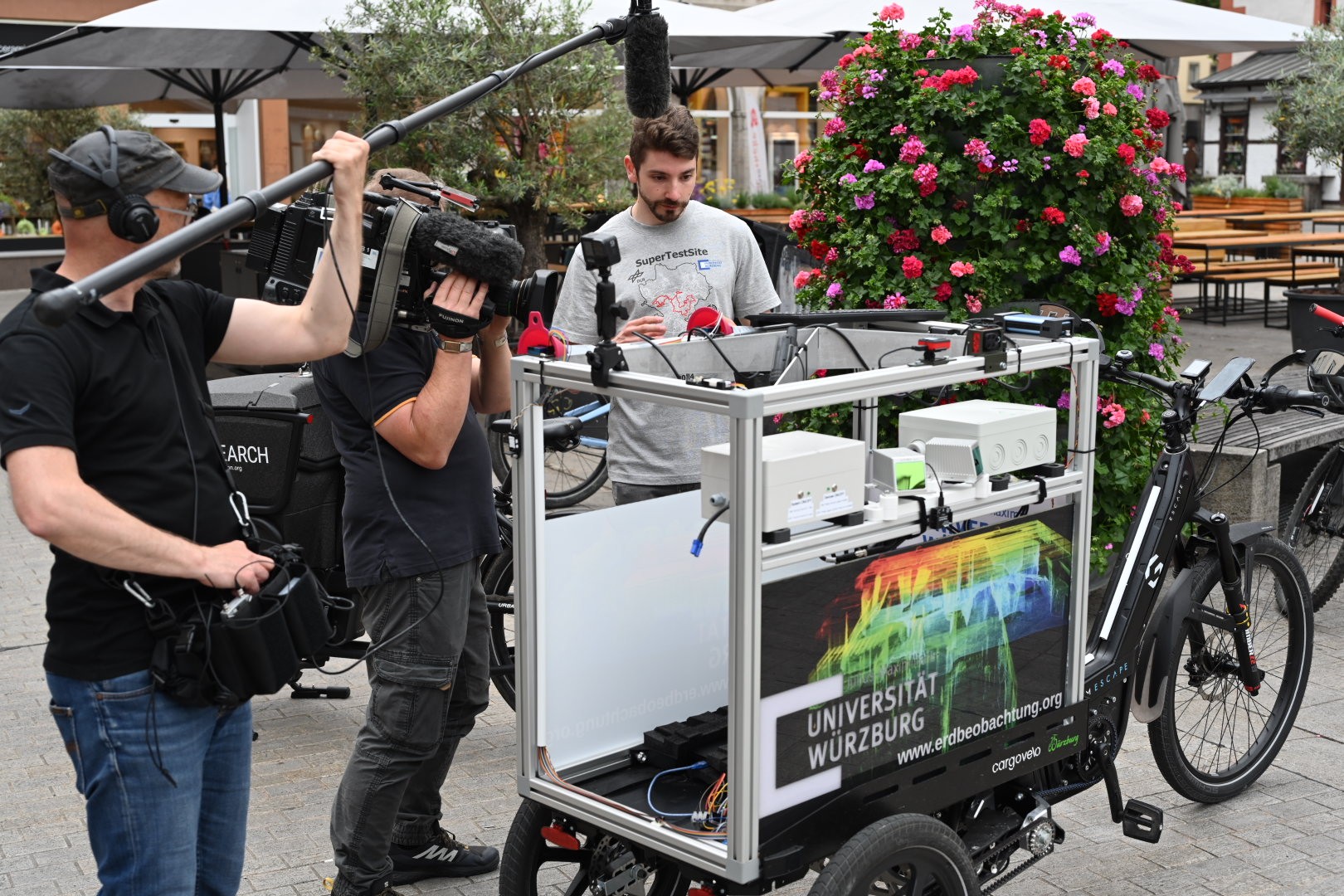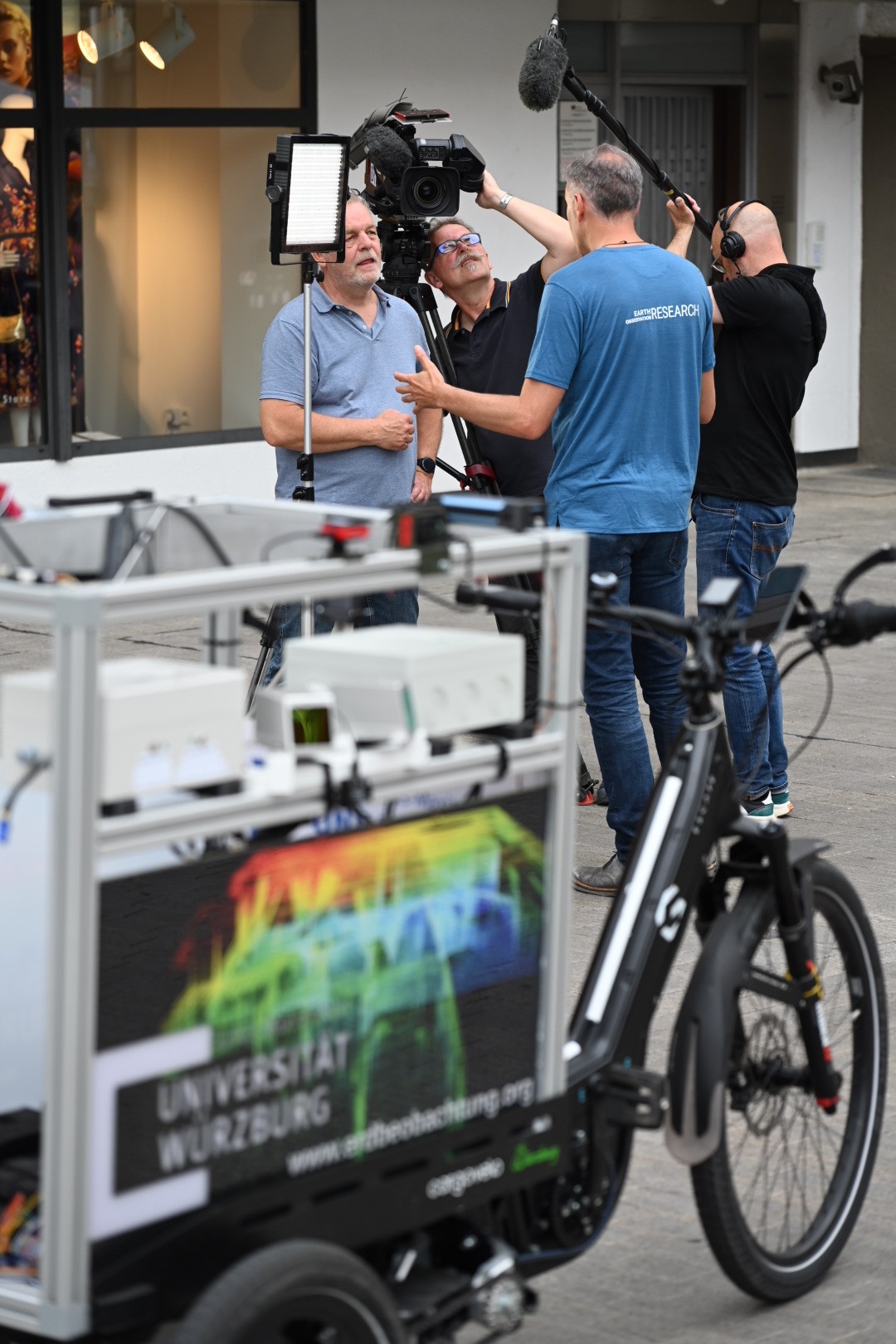Beside the press crew also the interested public approached us during this event and asked about the research, its aim and relevance. We had plenty of time to elaborate the our research and also show the spatio-temporal results.


Beside the press crew also the interested public approached us during this event and asked about the research, its aim and relevance. We had plenty of time to elaborate the our research and also show the spatio-temporal results.


you may also like:
As 2025 draws to a close, we at the Earth Observation Research Cluster (EORC) would like to take a moment to reflect on an inspiring and productive year—and to say thank you to everyone who made it possible - from EORC staff, EAGLE student to our collaborators. This...
Recently, EORC researches and partners participated in the SvalbardMonitoring workshop, a four-day event organized by the Norwegian Institute for Nature Research (NINA) in Longyearbyen, Svalbard. The workshop focused on Arctic vegetation and biomass research, with a...
As part of our seminar “Perspectives on Innovative Science Communication”, in which we are developing an exhibition on young scientists and future-oriented topics in Würzburg and its partner city Mwanza in Tanzania, we recently visited Würzburg City Hall. City...
Perennial wildflower mixtures are gaining importance as an alternative to maize in biogas production. As highlighted in the praxis-agrar article on crop diversification with biogas flowering mixtures, they combine agricultural use with clear ecological benefits....
EORC Contributions to the Centenary Atlas of the Geographical Society of Würzburg (with German version below) Satellite-based Earth observation has become a cornerstone of contemporary geographical research, particularly for analyzing global dynamics, environmental...
We are pleased to share that our PhD student Julia Rieder has successfully submitted her doctoral thesis! Her dissertation, entitled “Abiotic and biotic drivers of drought responses in European beech (Fagus sylvatica L.) inferred from field and LiDAR data”,...